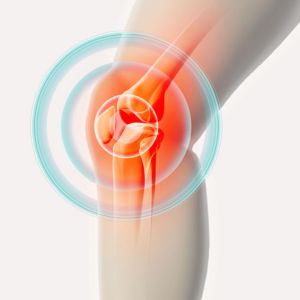Bone-related conditions depends on the specific issue and its severity. Here are some common approaches:
- Immobilization: For fractures or bone injuries, immobilization with splints, casts, or braces may be necessary to stabilize the bone and promote proper healing.
- Reduction: In cases of displaced fractures, a healthcare provider may need to manipulate the bone fragments back into their proper alignment through a procedure called reduction.
- Surgery: Surgery may be required to repair severe fractures, correct deformities, or treat conditions such as bone tumors or infections. Surgical procedures may include:
- Internal fixation: Placement of metal plates, screws, or rods to stabilize fractures and facilitate healing.
- External fixation: Use of metal pins or screws attached to an external frame to stabilize fractures from the outside.
- Bone grafting: Transplantation of bone tissue from another part of the body or from a donor to repair bone defects or promote healing.
- Joint replacement: Surgical removal of damaged joint surfaces followed by the implantation of artificial prostheses made of metal, plastic, or ceramic.
- Medications:
- Pain relievers: Over-the-counter medications such as acetaminophen or nonsteroidal anti-inflammatory drugs (NSAIDs) can help alleviate pain associated with bone injuries or conditions like osteoarthritis.
- Bisphosphonates: Medications such as alendronate or risedronate may be prescribed to treat osteoporosis by slowing down bone loss and reducing the risk of fractures.
- Antibiotics: Antibiotics are used to treat bone infections (osteomyelitis) caused by bacteria.
- Physical Therapy: Physical therapy plays a crucial role in bone injury rehabilitation by:

- Providing exercises to improve strength, flexibility, and range of motion around the affected bone or joint.
- Teaching proper body mechanics and ergonomics to prevent re-injury.
- Using modalities such as ultrasound or electrical stimulation to reduce pain and promote healing.
- Nutrition and Supplements: Consuming a balanced diet rich in calcium, vitamin D, and other nutrients essential for bone health can help prevent fractures and promote bone healing. In some cases, calcium or vitamin D supplements may be recommended, especially for individuals at risk of osteoporosis.
- Lifestyle Modifications: Adopting healthy lifestyle habits such as regular weight-bearing exercise, avoiding smoking, limiting alcohol consumption, and preventing falls can help maintain bone health and reduce the risk of fractures.
- Bone Density Testing and Monitoring: Individuals at risk of osteoporosis may undergo bone density testing (DEXA scan) to assess their bone health and monitor changes over time. Based on the results, a healthcare provider may recommend lifestyle changes, medications, or other interventions to prevent fractures.
- Complementary and Alternative Therapies: Some people find relief from bone-related conditions through complementary approaches such as acupuncture, herbal supplements, or mind-body techniques. However, it’s essential to consult with a healthcare professional before trying these therapies to ensure they are safe and appropriate.
